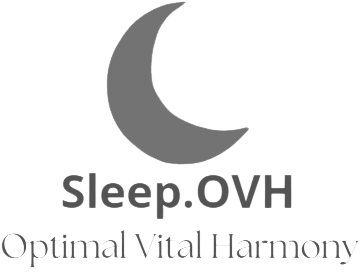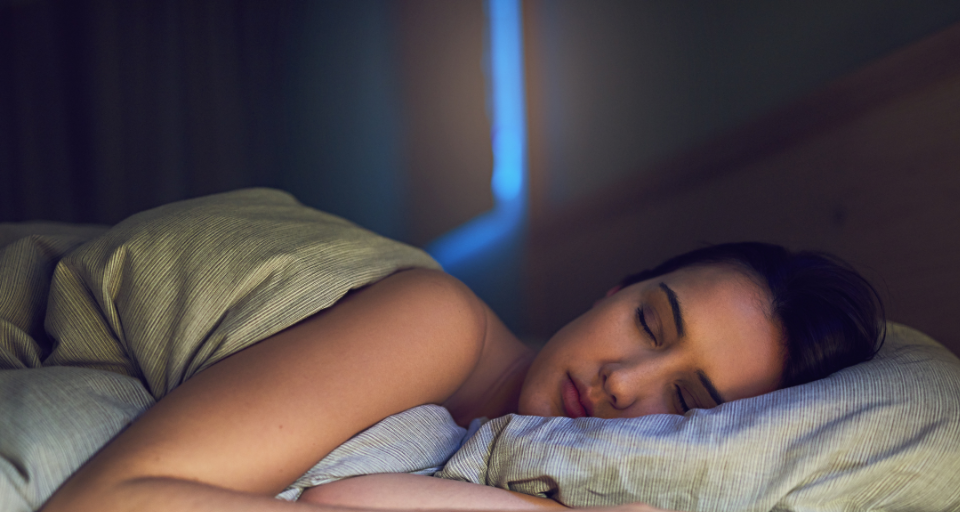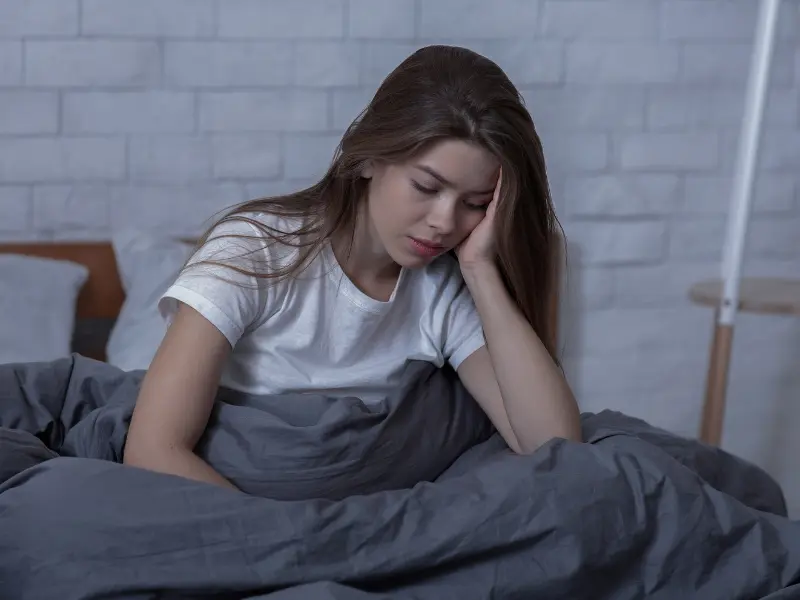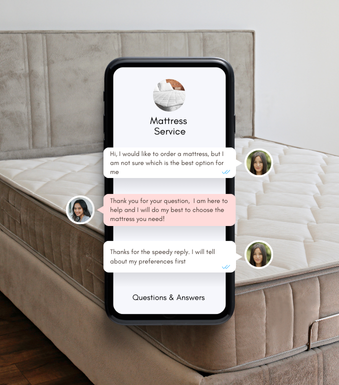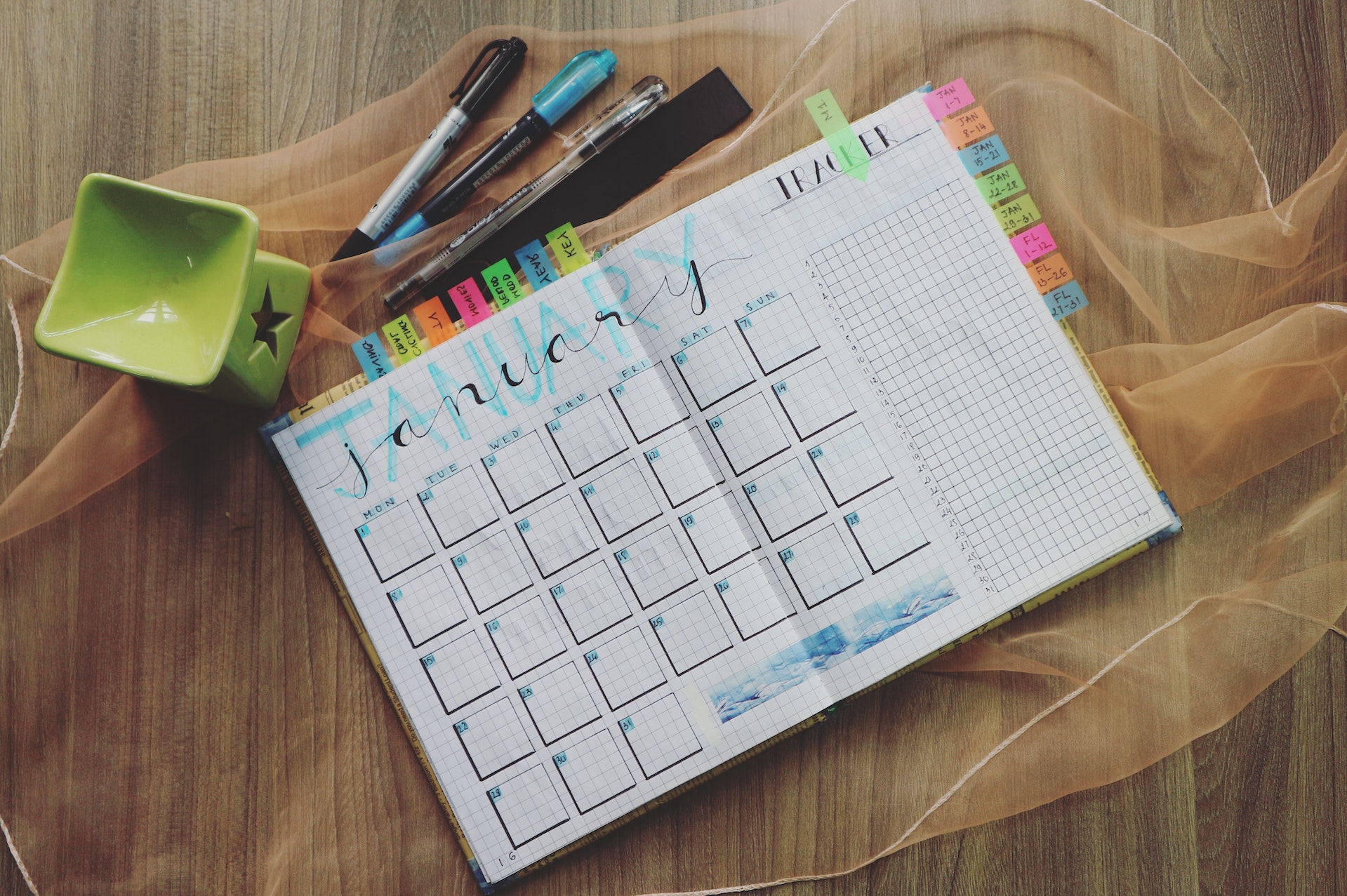The Power of Naps: Integrating Short Sleeps Into Your Day for Optimal Performance

Have you ever found yourself feeling exhausted in the middle of the day, and wished you had time for a power nap to regain energy? You’re not alone – research has shown that short naps can lead to improved alertness, performance and overall well-being. In this article, we’ll cover how you can maximize these benefits by integrating naps into your daily routine.
Introduction to the Power of Naps
Napping has been shown to offer a range of benefits, from improved alertness and cognitive performance to reduced stress and anxiety. Taking a nap can also help to improve your mood and increase your energy levels.
If you’re looking to integrate naps into your day, there are a few things you should keep in mind. First, it’s important to find a comfortable place to nap. This could be anywhere from your bed to a reclining chair or even just a spot on the floor. Once you’ve found a comfortable spot, aim to Nap for 15-20 minutes. This is the ideal length of time for a nap, as it allows you to enter into slow-wave sleep without entering into deep sleep. Slow-wave sleep is associated with improved memory and learning.
If you have trouble falling asleep during the day, there are a few things you can do to make napping easier. First, try relaxation techniques like focusing on your breath or progressive muscle relaxation. You can also try using an eye mask or earplugs to block out distractions. If all else fails, consider taking a nap earlier in the day so that you’re less likely to be sleepy later on.
Napping can be an incredibly powerful tool for improving your productivity and overall well-being. By taking just 15-20 minutes out of your day for a nap, you can experience benefits like increased alertness, reduced stress levels, and improved cognitive
What Are Naps?
Naps are short sleeps that occur during the day. They are different from nighttime sleep in that they are shorter in duration and usually happen during daylight hours. Naps can be taken at any time of day, although the best time to take a nap is generally in the early afternoon when energy levels tend to dip.
Naps have many benefits, including improved alertness, mood, and cognitive performance. Napping can also help reduce stress and improve overall well-being. To get the most out of naps, it is important to find a quiet place to sleep for 20-30 minutes. Waking up gradually by sitting up or standing up slowly can also help prevent “sleep inertia” – that groggy feeling you sometimes get after napping.
Benefits/Benefits of Taking Regular Naps
There are many benefits to taking regular naps, including improved cognitive function, decreased stress levels, and increased alertness. Napping can also help to improve your mood and reduce fatigue.
Cognitive Function: Napping has been shown to improve cognitive function in adults. In one study, participants who took a nap performed better on tests of verbal and visual memory than those who did not nap. Additionally, napping has been shown to increase reaction time and reduce errors on tasks that require attention and focus.
Stress Levels: Napping can help to decrease stress levels by providing a chance to rest and relax. In one study, participants who took a 30-minute nap had lower levels of the stress hormone cortisol than those who did not nap. Additionally, naps have been shown to decrease anxiety and improve mood.
Alertness: Napping can increase alertness and improve performance on tasks that require attention and focus. In one study, participants who took a 90-minute nap performed better on tests of reaction time and vigilance than those who did not nap. Additionally, naps have been shown to improve mood and reduce fatigue.
Types of Naps & How They Should be Taken
Naps come in all shapes and sizes, but there are generally three main types of naps: Planned, Emergency, and habitual. Here’s a closer look at each type of nap, and how best to take them:
Planned naps are those that are scheduled in advance, usually in response to knowing you’ll be facing a period of extended wakefulness. For optimal performance, planned naps should be taken for 20-30 minutes at a time, and should be timed so that they end about 60-90 minutes before you need to be back up and alert.
Emergency naps are those that are taken on the spur of the moment, in response to feeling suddenly very sleepy or fatigued. These naps can be shorter in duration than planned naps (10-20 minutes is often sufficient), but should still be timed so that they end at least 60 minutes before you need to be fully awake and alert.
Habitual naps are those that happen every day at roughly the same time, often as part of a daily siesta or post-lunch sleep. Again, these naps should ideally last for 20-30 minutes, ending 60-90 minutes before you need to resume regular activities.
Tips on Nap Optimization
Assuming you’re following a solid sleep schedule, there are a few things you can do to make sure your naps are as productive as possible:
First, find a comfortable spot. This could be your bed, a recliner, or even just a spot on the floor. Wherever you choose to nap, make sure it’s somewhere you won’t be disturbed.
Second, set an alarm. Napping for too long can leave you feeling groggy, so it’s important to limit your nap to 30 minutes or less.
Third, once you’re settled in and have set your alarm, close your eyes and take some deep breaths. Try to clear your mind and focus on relaxation. If intrusive thoughts enter your mind, simply let them go and return your focus to your breath.
fourthly after around 5-10 minutes of deep breathing ,start visualising yourself in a place which makes you happy like being on a beach or playing with kids etc..this would help in sending mixed signals to brain making it more alert and active post sleep..
Last but not the least try to avoid caffeine before taking a nap as it might result in trouble falling asleep.
Guidelines on When to Avoid Napping
Napping can be a great way to improve your energy and performance levels, but there are also times when you should avoid napping. If you’re feeling sleepy during the day, it’s generally best to take a nap early in the afternoon, around 2:00 or 3:00pm. However, if you know you have a big evening event coming up, or if you’re trying to adjust to a new sleep schedule, it’s best to avoid napping.
In general, you should try to avoid napping for at least four hours before bedtime. Napping too close to bedtime can make it harder to fall asleep at night and may disrupt your sleep schedule. If you find yourself feeling sleepy in the late afternoon or evening, it’s better to get up and move around for a bit, or do some relaxation exercises like yoga or stretching.
Taking naps is simple way to restore energy, improve focus and productivity. From the office worker needing a midday reboot or an athlete looking for improved sports performance, taking naps can give you countless benefits. To get started on incorporating short sleep into your day and reaping these rewards yourself be sure to create good sleeping environment with minimal distractions, determine nap length based on how much time you have available and always aim for consistency in your routine. Adding powernaps into your day can help lead to long term results as well as immediate ones!
Warning: this article does not constitute medical advice. The article contains the author’s personal opinion and personal conclusions and observations. If you have problems with sleep or are interested in other issues related to it, it is better to consult your doctor.
